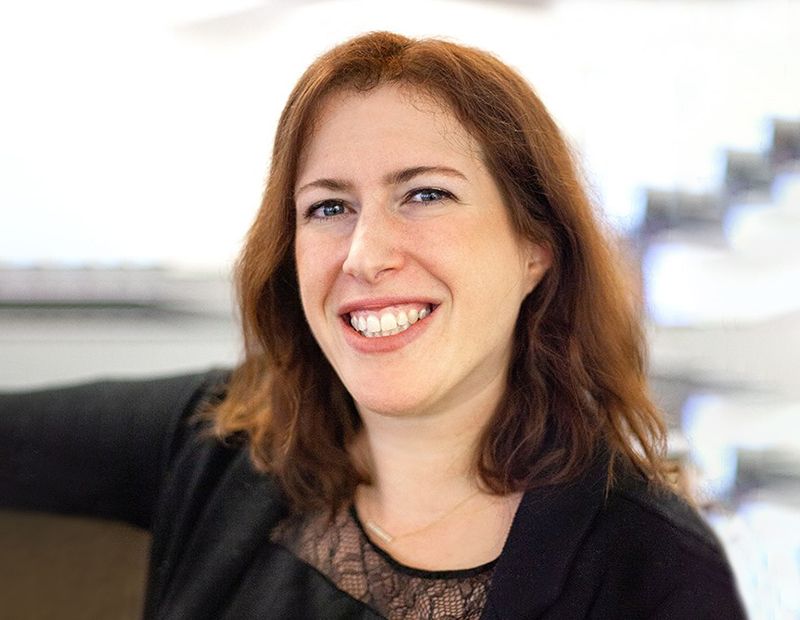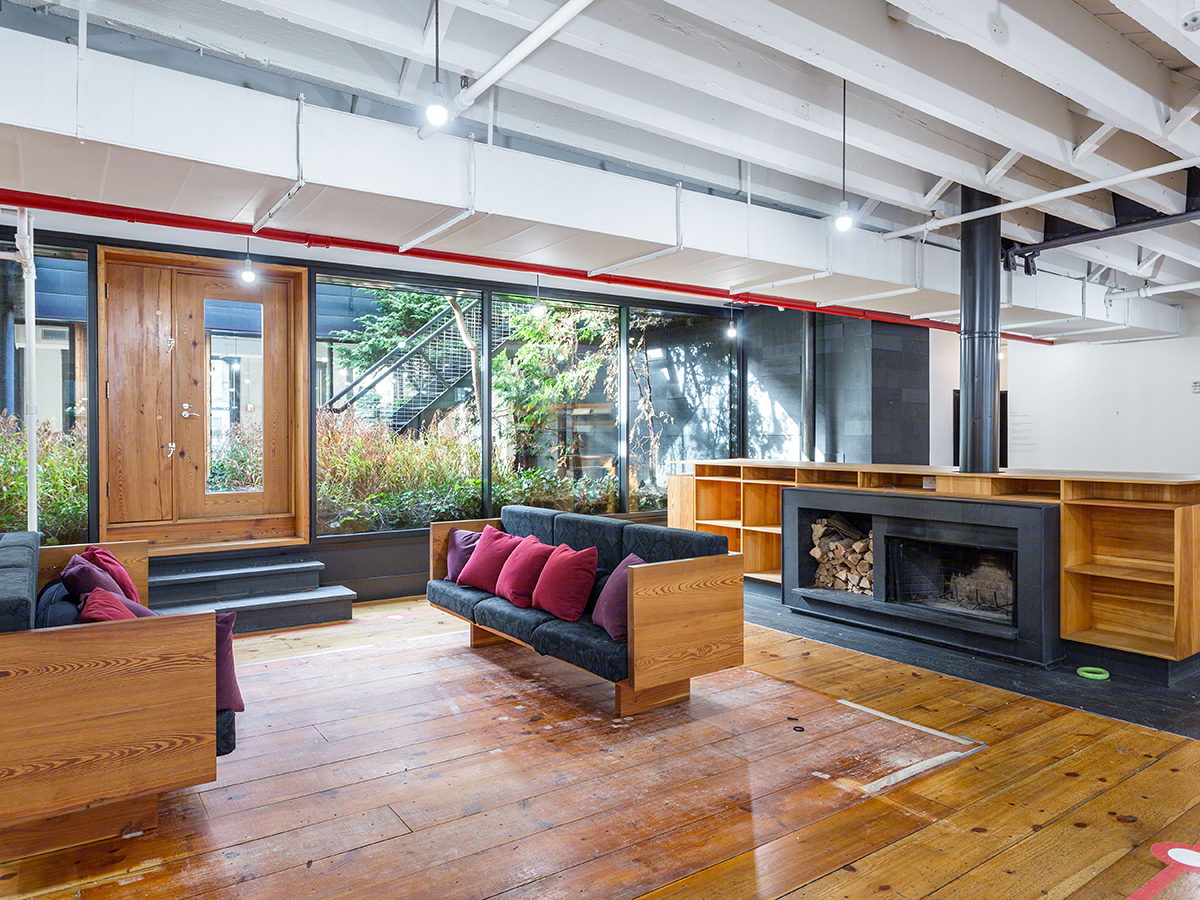The OTHER Central Business Districts
By Robert Bach, National Director of Market Analytics, Newmark Grubb Knight Frank: While Central Business Districts have been doing great, not all of them are created equal.
By Robert Bach, National Director of Market Analytics, Newmark Grubb Knight Frank
 A couple of months ago in this column I wrote about how the demise of the suburban office market has been greatly exaggerated. Our first-quarter analysis supports this claim. With two-thirds of the total office inventory, the suburbs accounted for 86 percent of first-quarter absorption and 56 percent of space under construction. Suburbs have suffered from bad PR, but they are recovering.
A couple of months ago in this column I wrote about how the demise of the suburban office market has been greatly exaggerated. Our first-quarter analysis supports this claim. With two-thirds of the total office inventory, the suburbs accounted for 86 percent of first-quarter absorption and 56 percent of space under construction. Suburbs have suffered from bad PR, but they are recovering.
Central Business Districts (CBDs), on the other hand, have enjoyed good press ever since the TV show, “Friends,” convinced a generation of 20-somethings that it was hipper to live in Manhattan than Brady Bunch territory. Not all CBDs are created equal, however. While apartments, restaurants and entertainment venues are sprouting in most downtowns, it’s also true that many CBD office markets aren’t recovering as quickly.
Let’s compare the office markets in the original 24-hour CBDs of New York City, Boston, Washington, D.C., Chicago, San Francisco and Seattle with the 53 CBDs anchoring other metro areas with populations of at least 1 million. I use the term “original 24-hour CBDs” because most of the other 53 CBDs livened up only recently, whereas these six were 24-hour CBDs before it was cool. In my analysis, I have included submarkets adjacent to traditional high-rise CBDs that have attracted office tenants in recent years, often technology and marketing companies in search of creative space or cost-conscious tenants looking for bargain-priced space near the urban core.
The analysis reveals that the original 24-hour CBDs are in a class by themselves. Consider the following:
- The six original 24-hour CBDs (let’s call them the “Original Six”) have a combined inventory of 936 million square feet, compared to 868 million square feet in the “Other 53” CBDs.
- The average vacancy rate of 10.5 percent in the Original Six is far below the 15.8 percent in the Other 53. In fact, the vacancy rate in the Other 53 and in the nation’s suburban markets is the same.
- Net absorption in the first quarter totaled 1.8 million square feet in the Original Six and minus 336,000 in the Other 53.
- Space under construction totaled 18.1 million square feet in the Original Six and 6.4 million square feet in the Other 53.
- The Original Six posted a lofty asking rent of $41.38/square feet per year gross at the end of the first quarter, far above the $23.40 average rate in the Other 53, which in turn fell short of the nation’s average suburban rate of $25.40.
To some extent, this is a story of the aggregation of educated young knowledge workers in large urban areas and the technology, marketing and media companies that employ them. But not all metros are blessed with large numbers of technology companies, and not all technology companies prefer CBDs. Several years ago, writer Joel Kotkin coined the term “Nerdistan,” referring to the shiny new suburban office parks populated by techies in places like Silicon Valley and Boston’s Route 128 (the original Nerdistans). While many new and existing tech companies have gravitated to CBDs for their edgy vibe and resident supply of knowledge workers, some still prefer the suburbs. The moral of this story: Real estate investors would be wise to look under the hood before they automatically rule out the suburbs or rule in CBDs.







You must be logged in to post a comment.